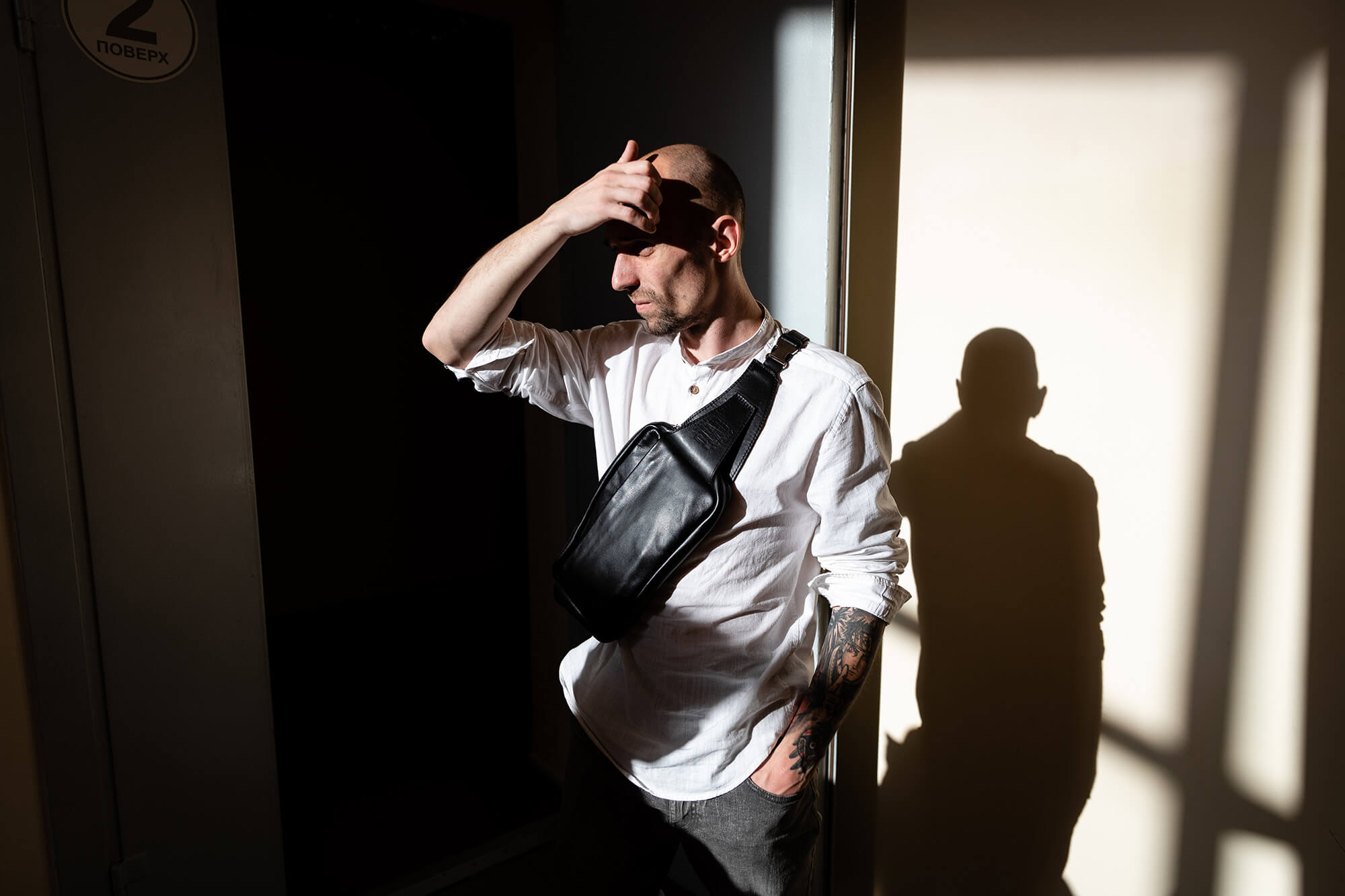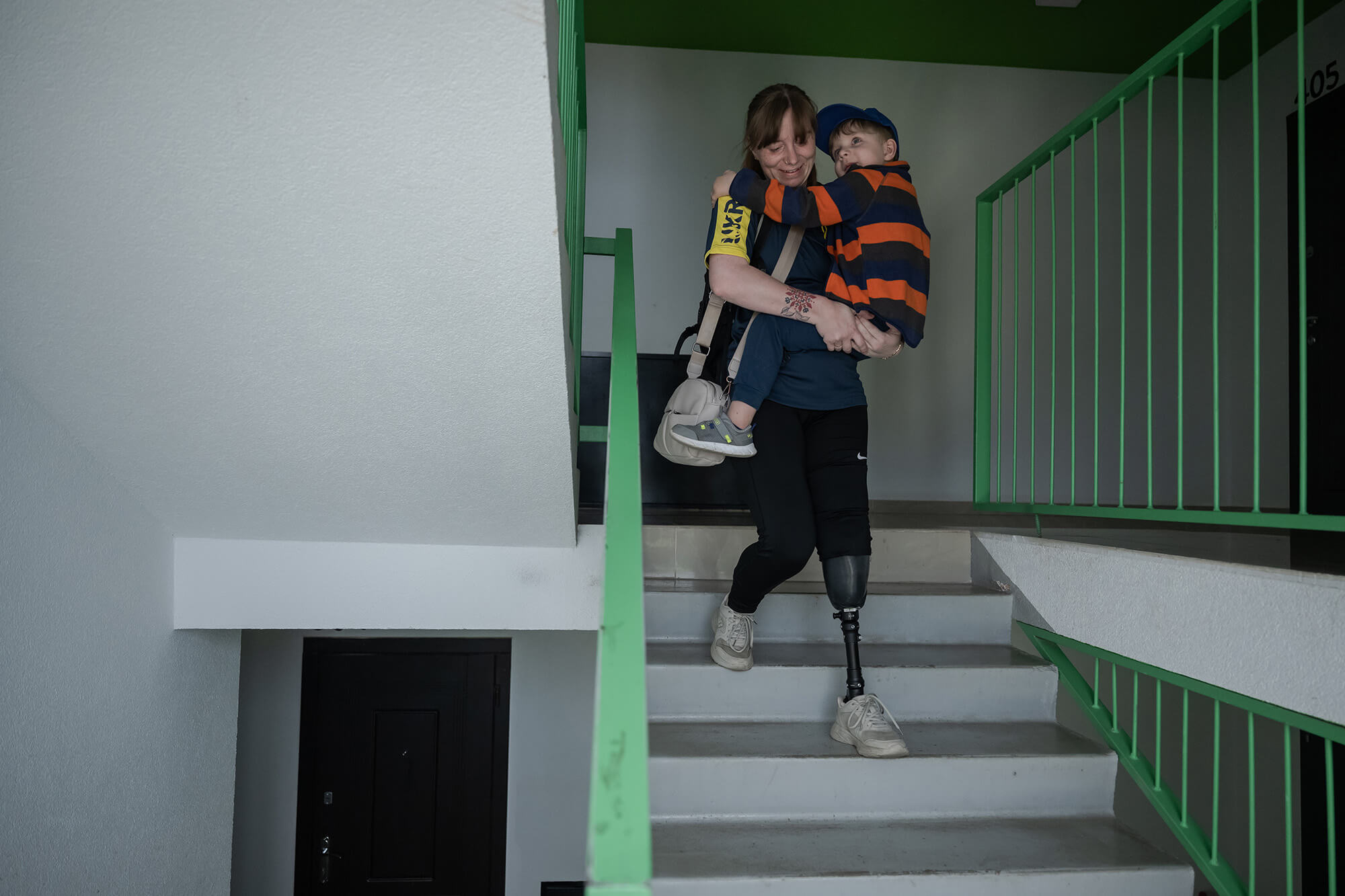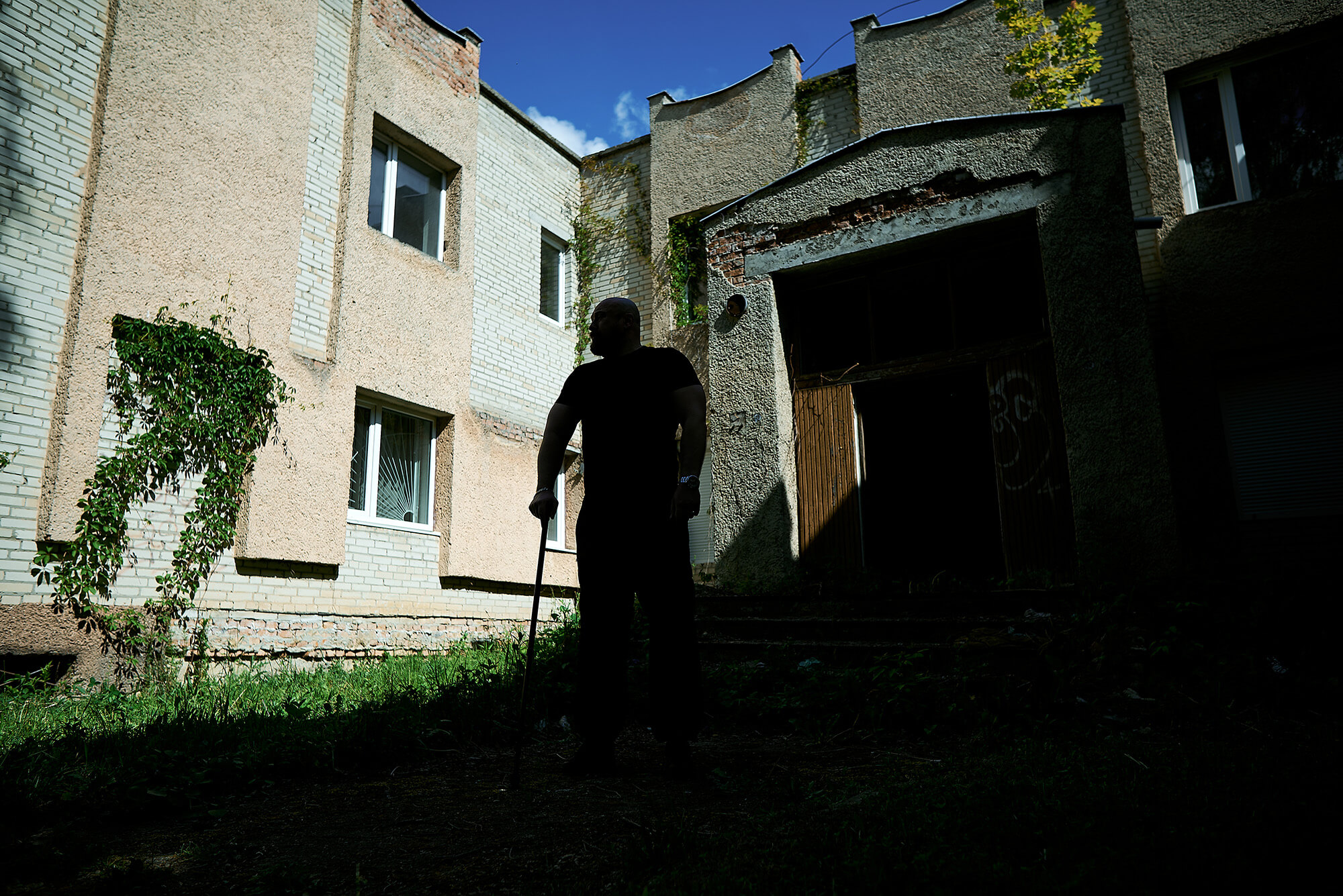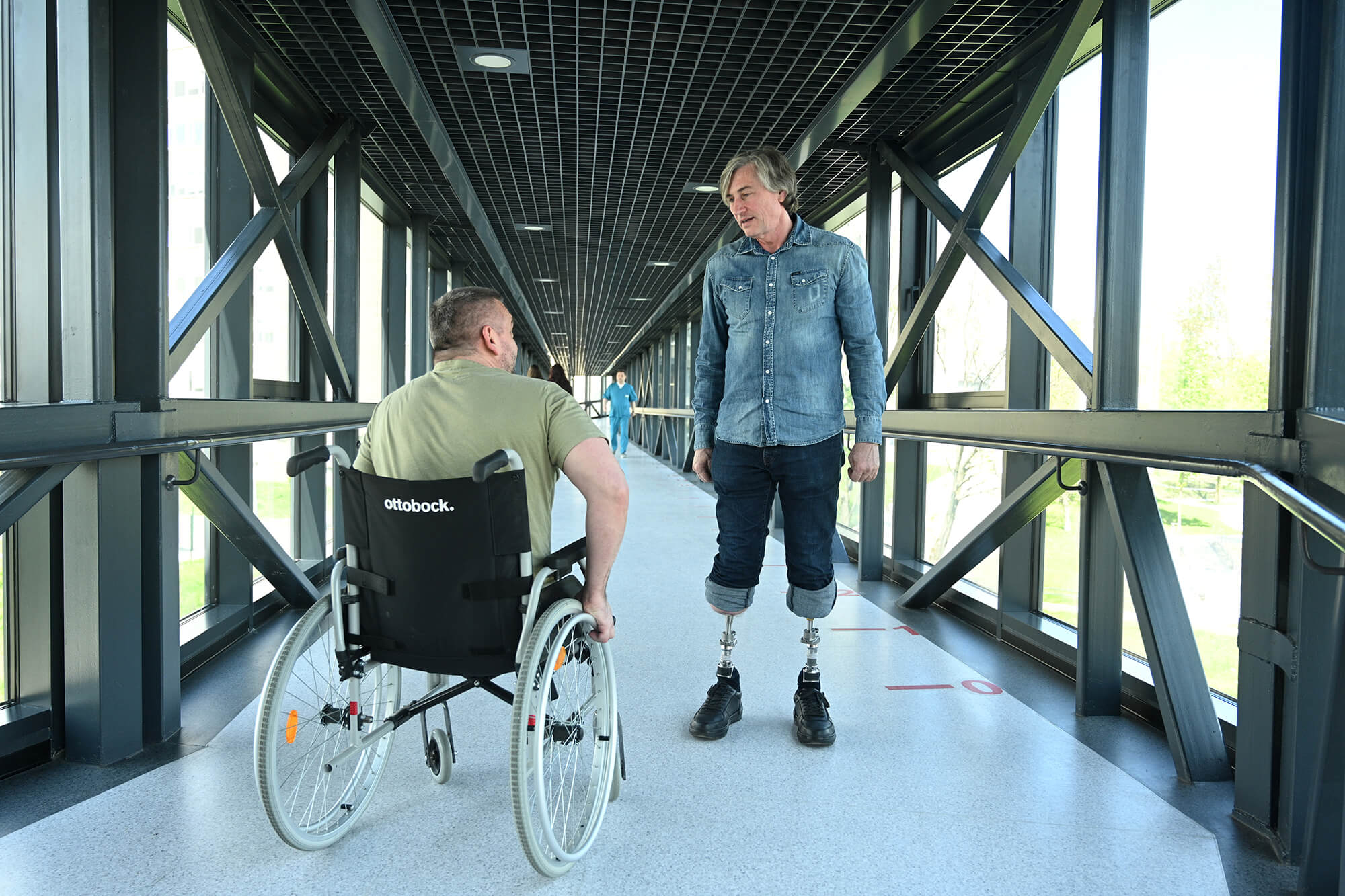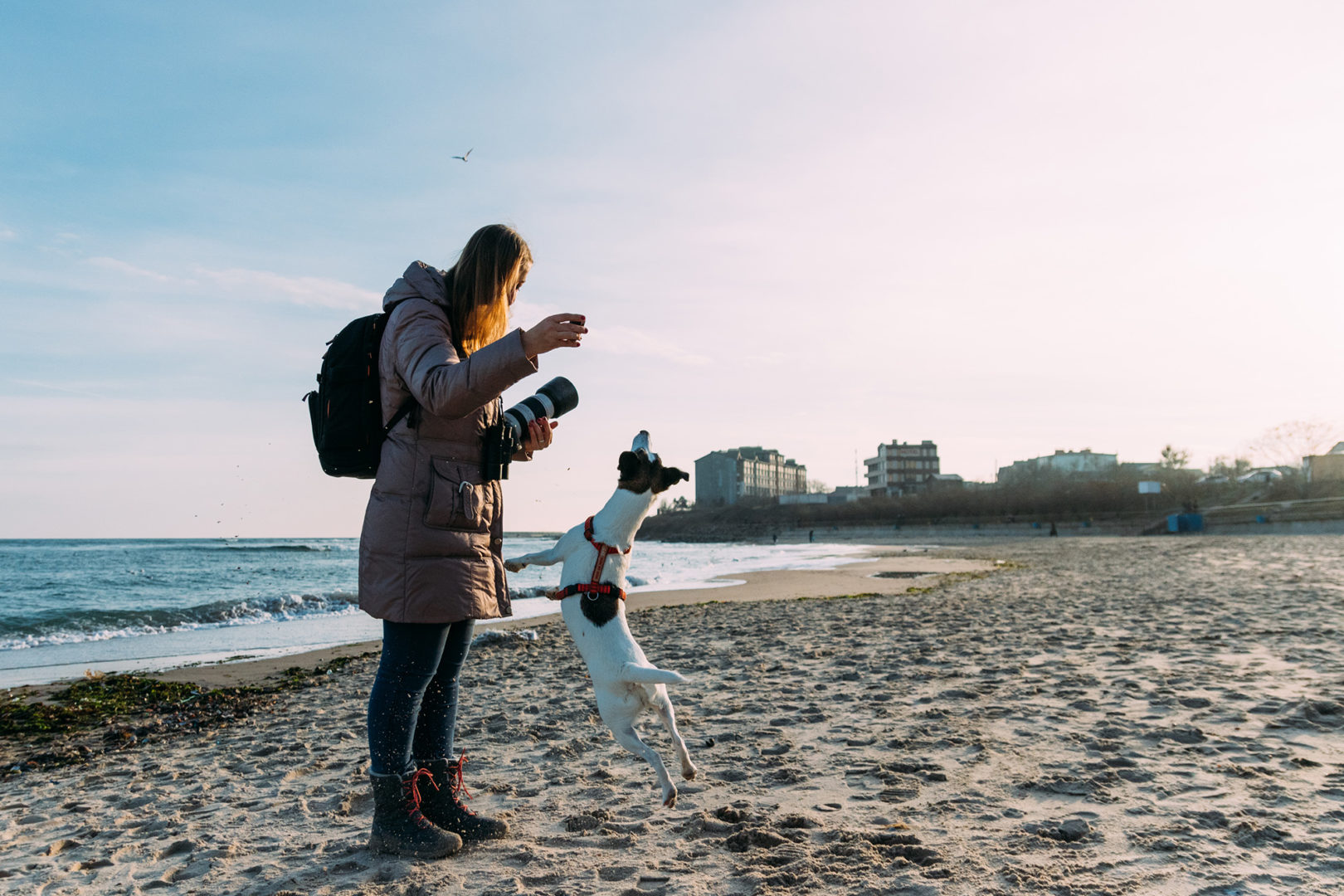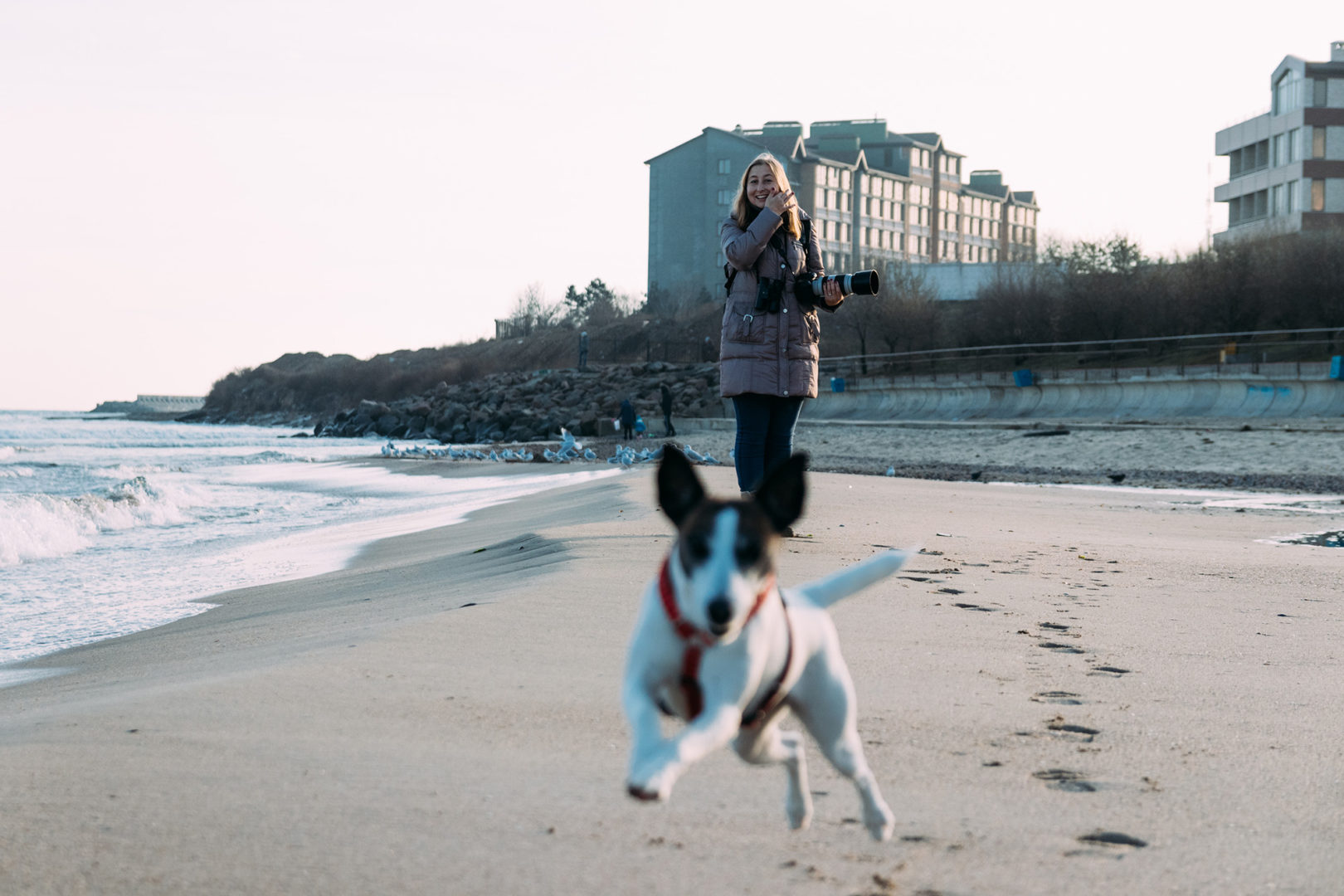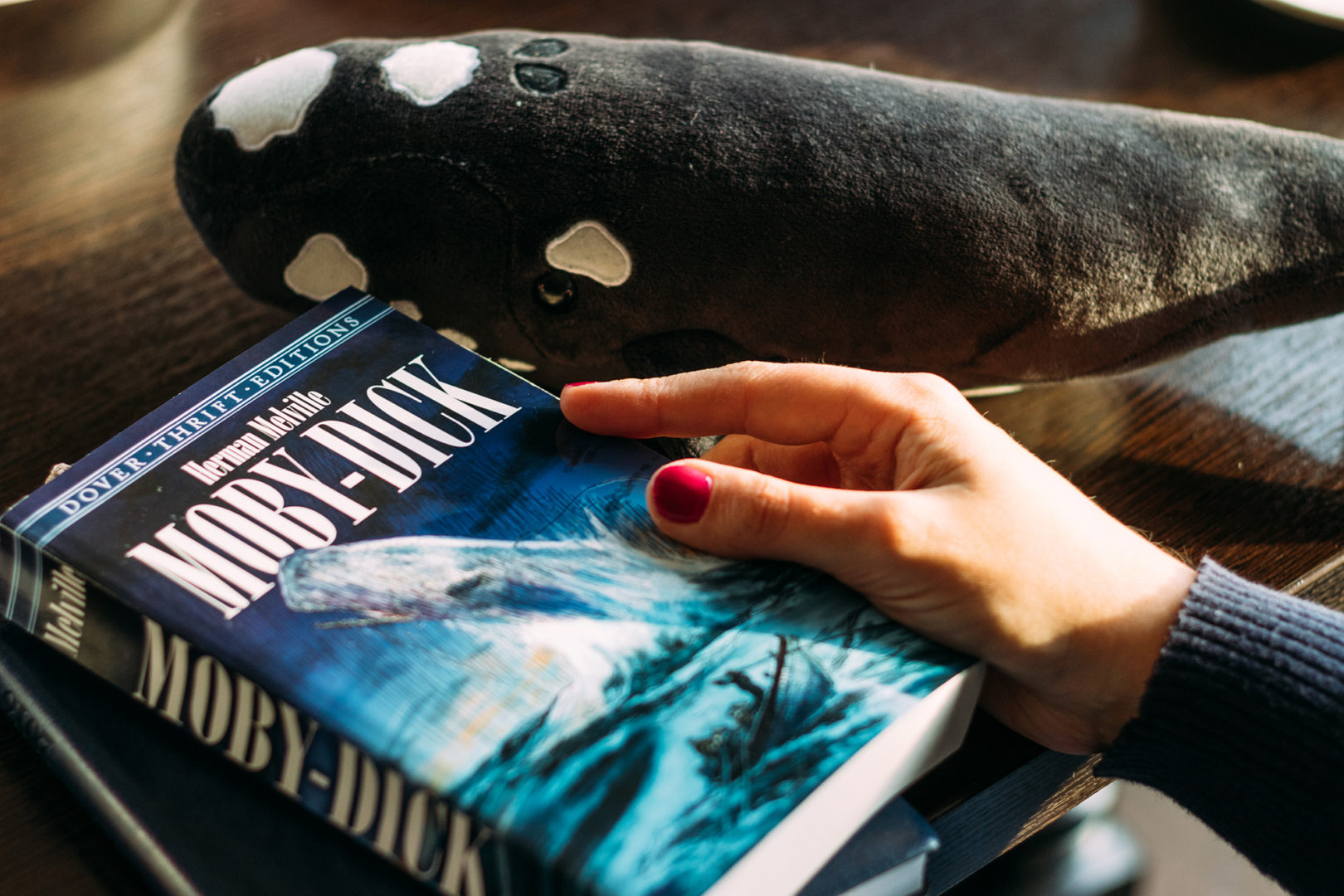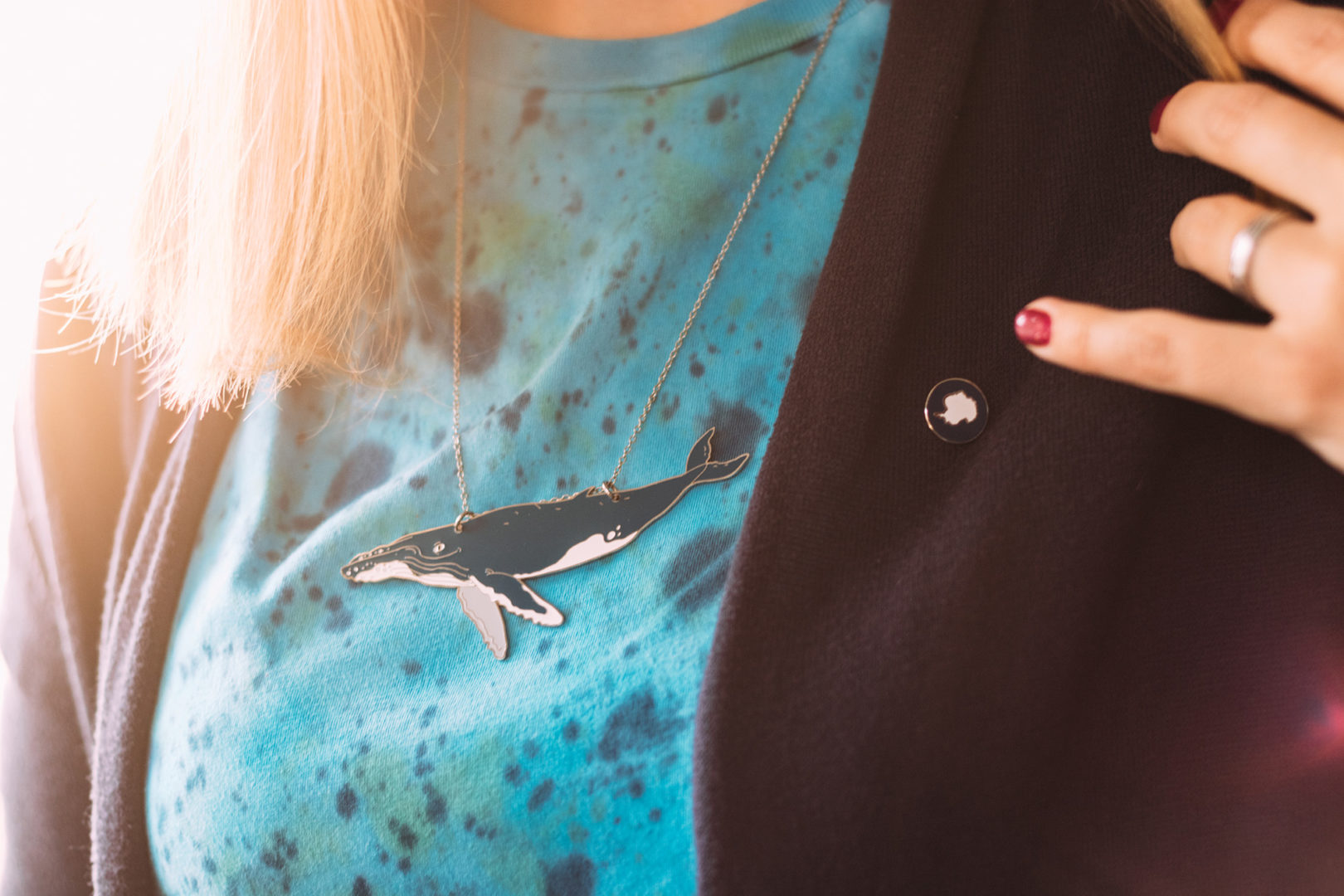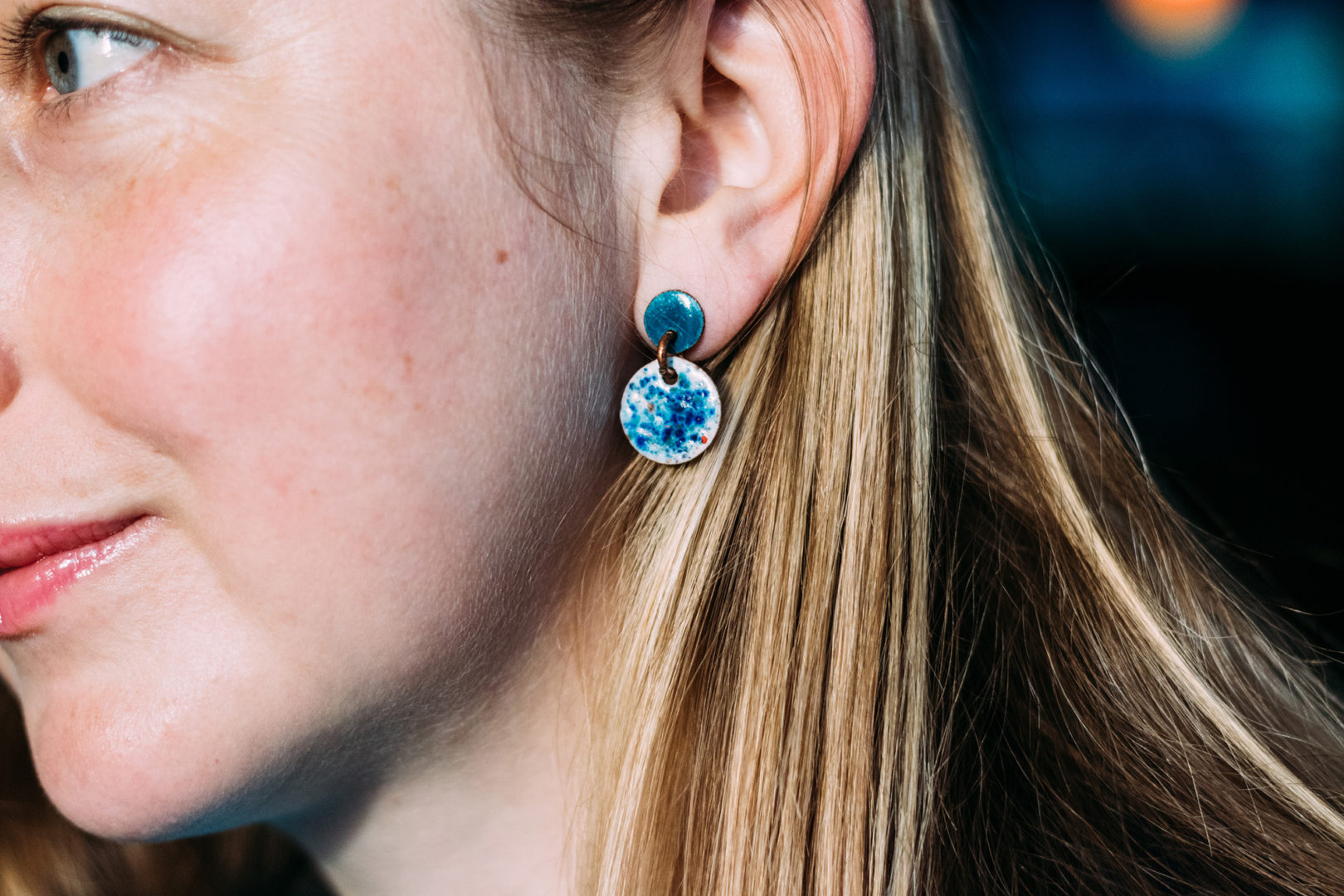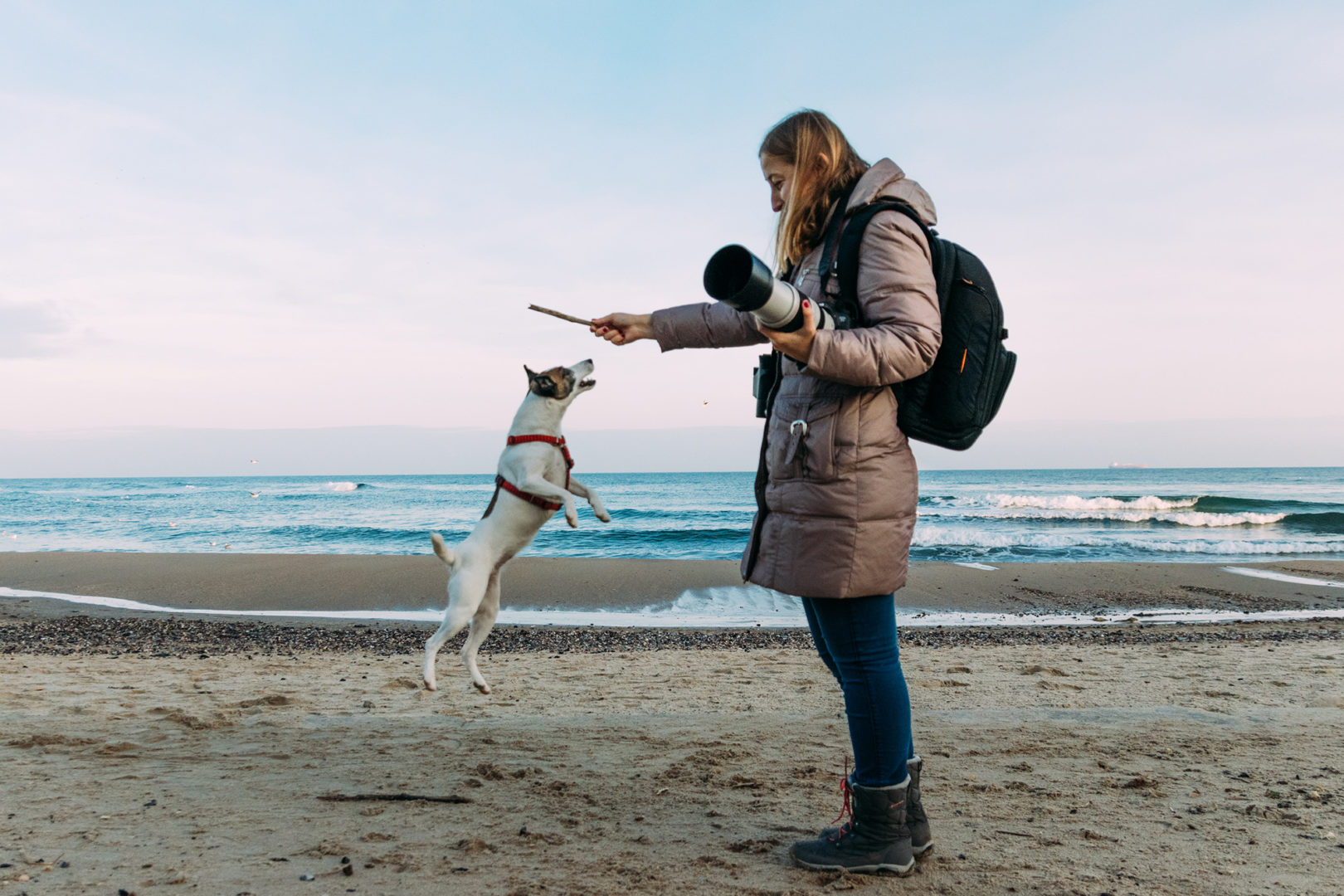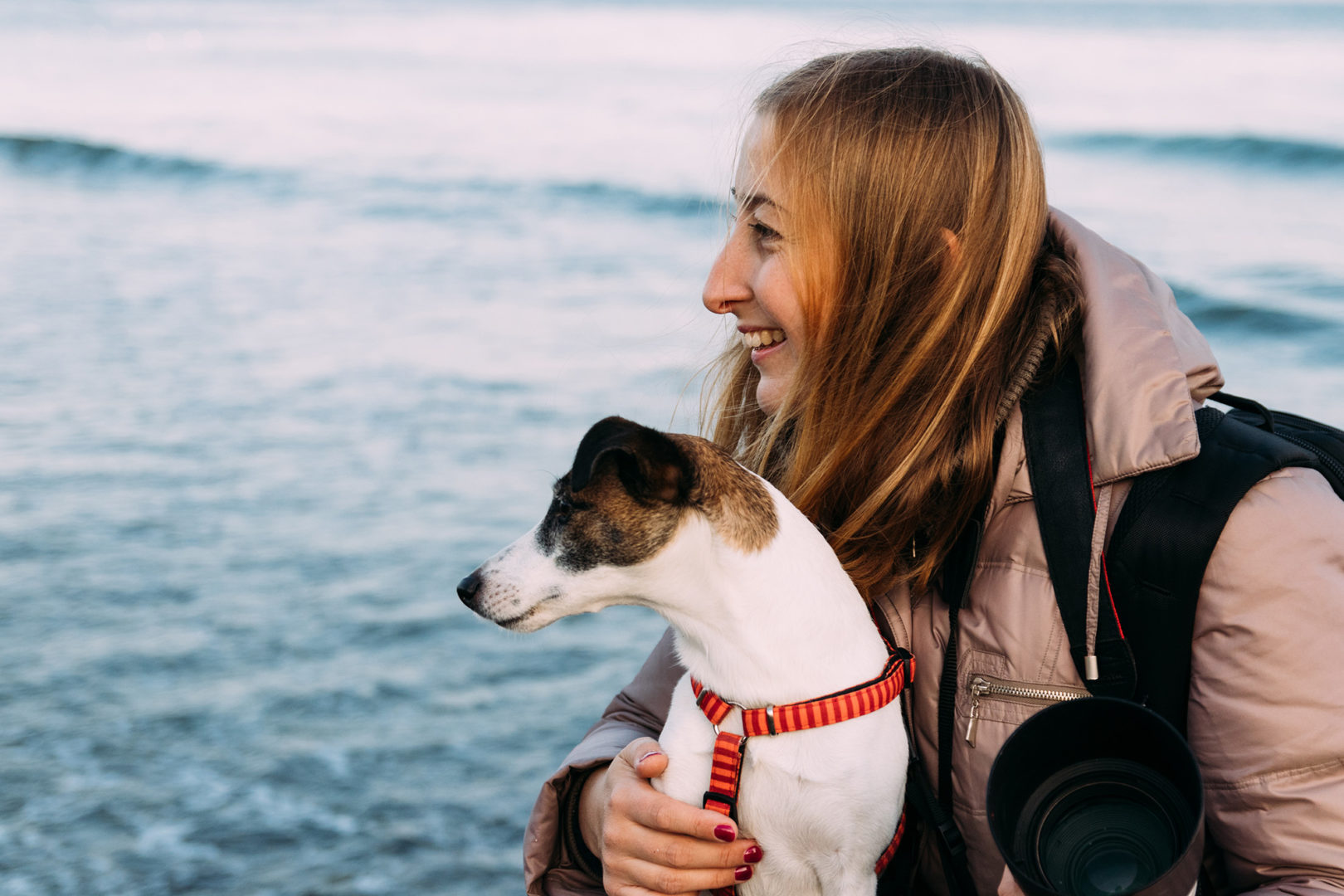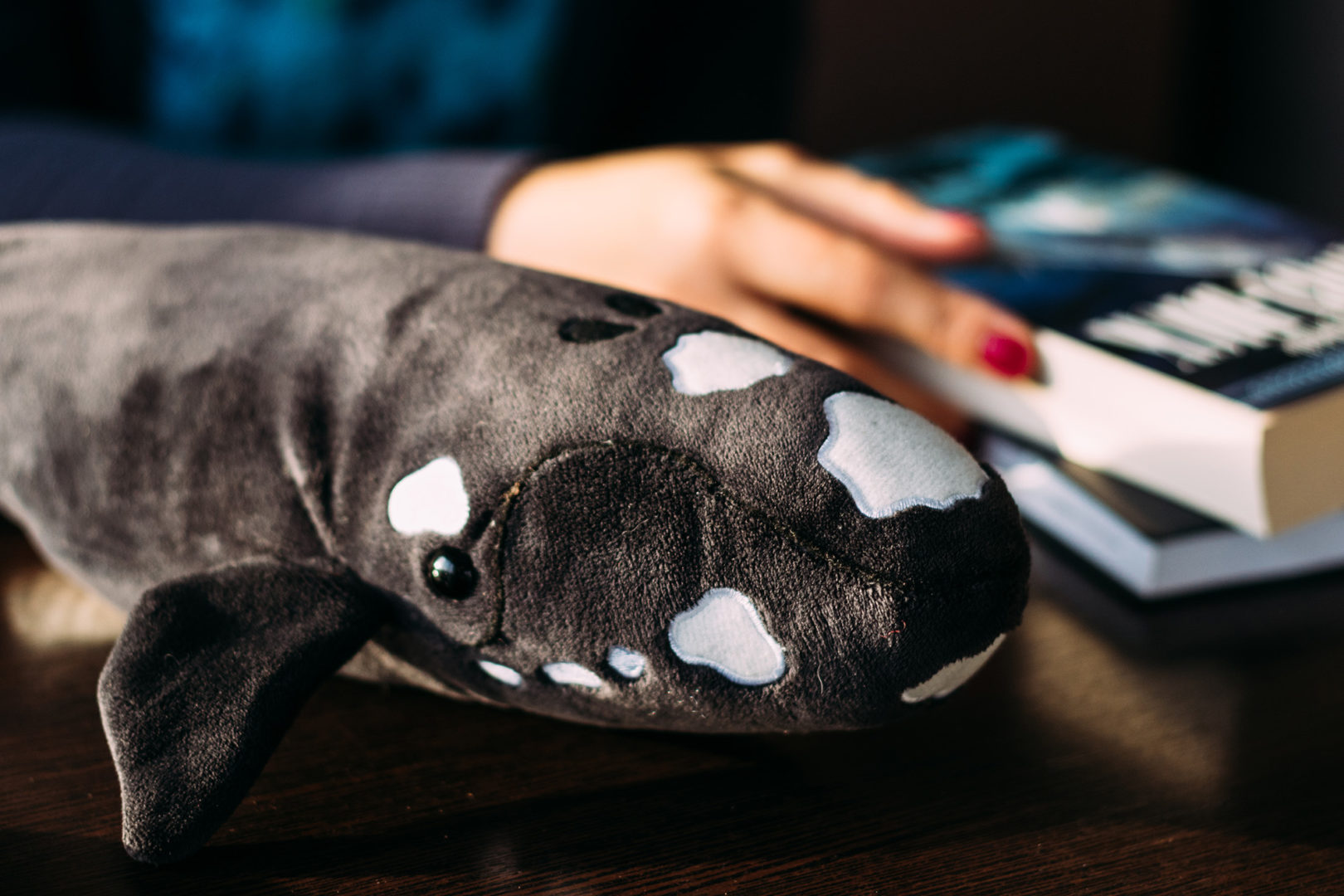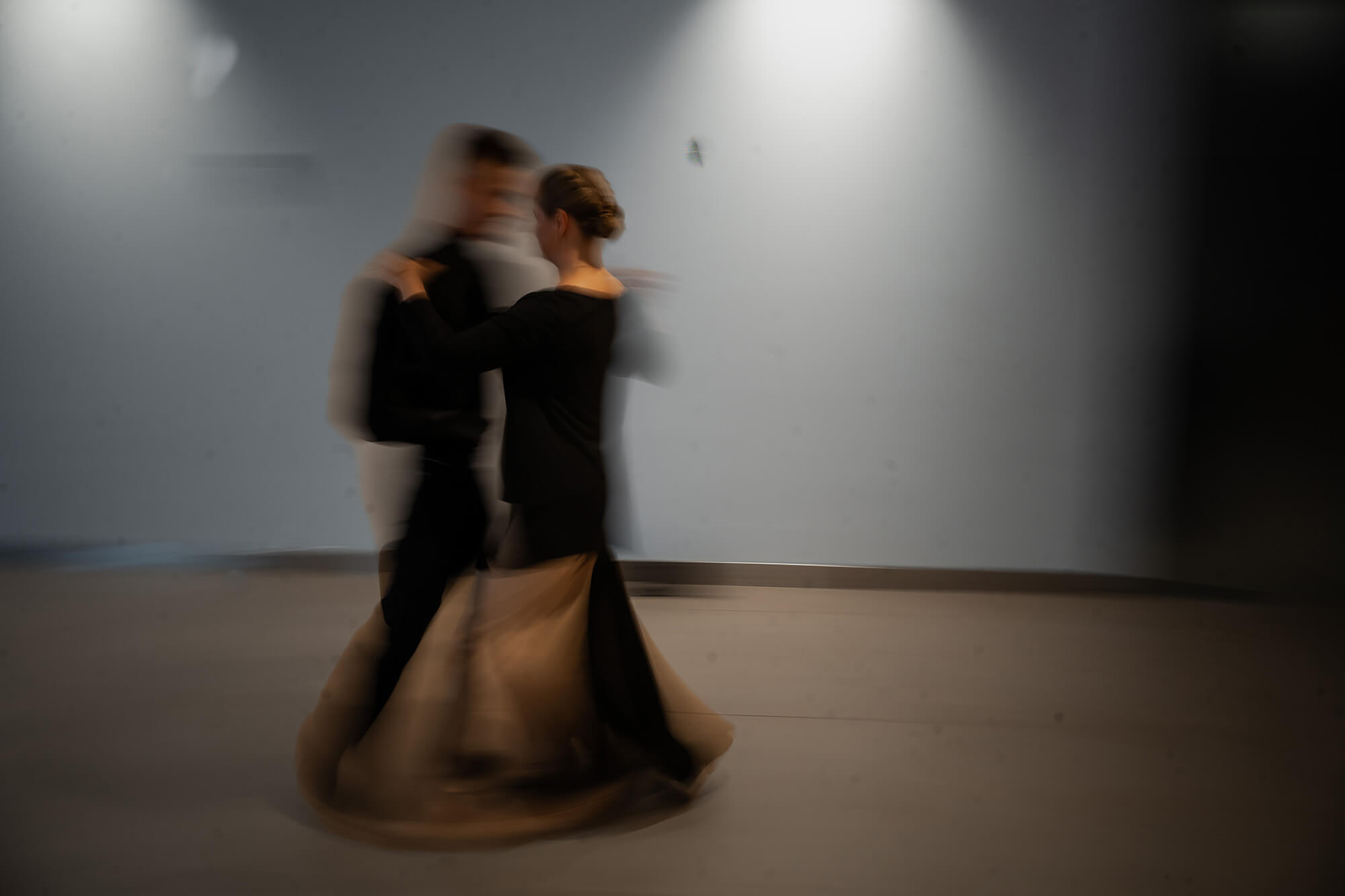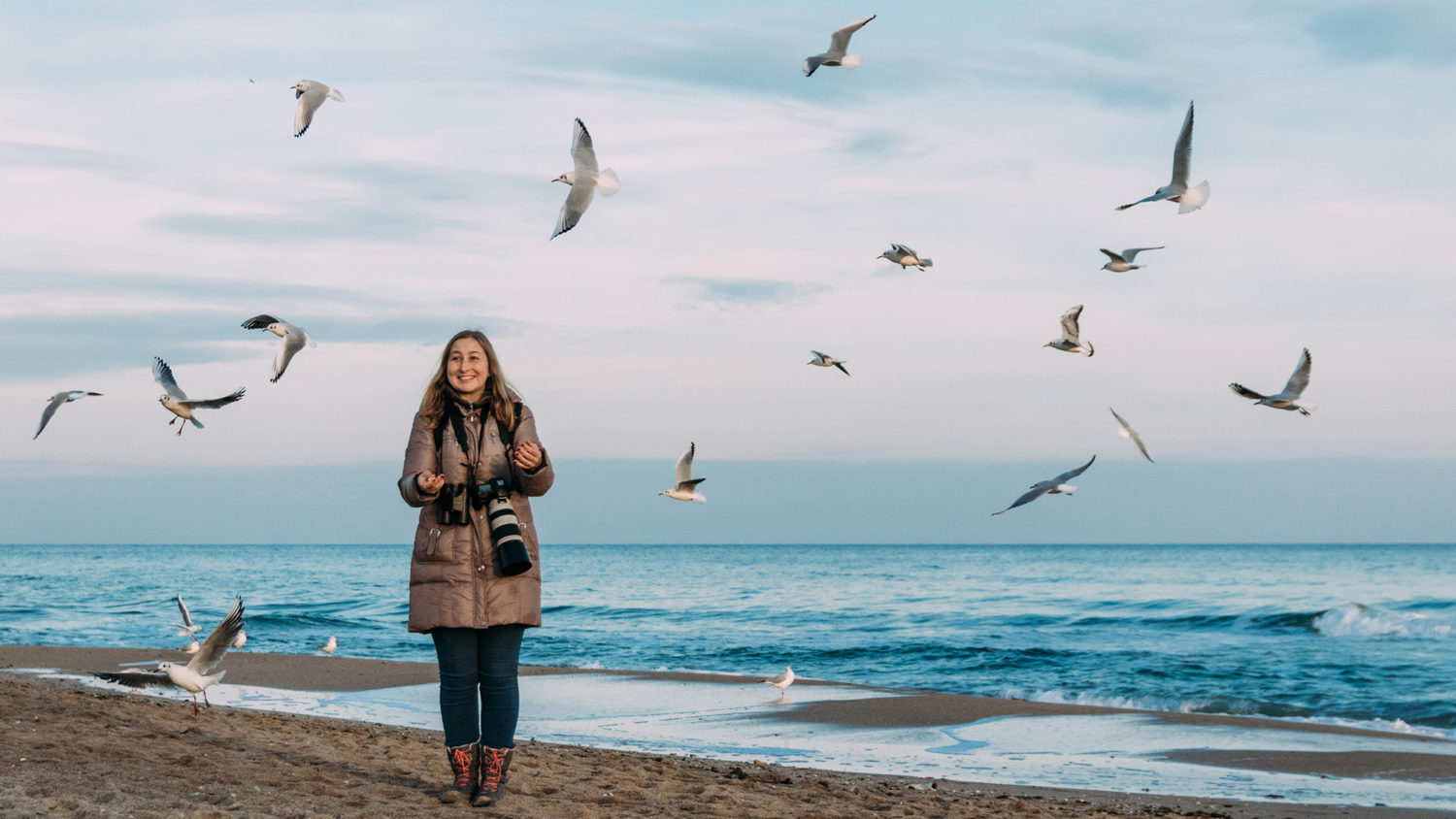
Cold Current
The cold Antarctic Circumpolar Current, also called West Wind Drift, flows around Antarctica, encircling it. It goes through the Atlantic, Indian and Pacific Oceans. Its waters—the strongest in the world—are driven by west winds, which are constantly blowing cold air to the South Pole.
The woman who used to live in a building on Radisna Street—or, rather, her story—is like that current: tireless and empowering.
Oksana Savenko lives in a studio apartment in the town of Chornomorsk in the Odessa Region. Her modestly furnished home is a stone’s throw from the sea. Ten minutes’ walk, and asphalt gives way to fine sand, fragments of mother-of-pearl and porous rocks. Waves gently and steadily crash on the shore, the seagulls meditatively dance on them on a fine day like lost white balloons. There are ships in the distance, looking like toys from the shore.
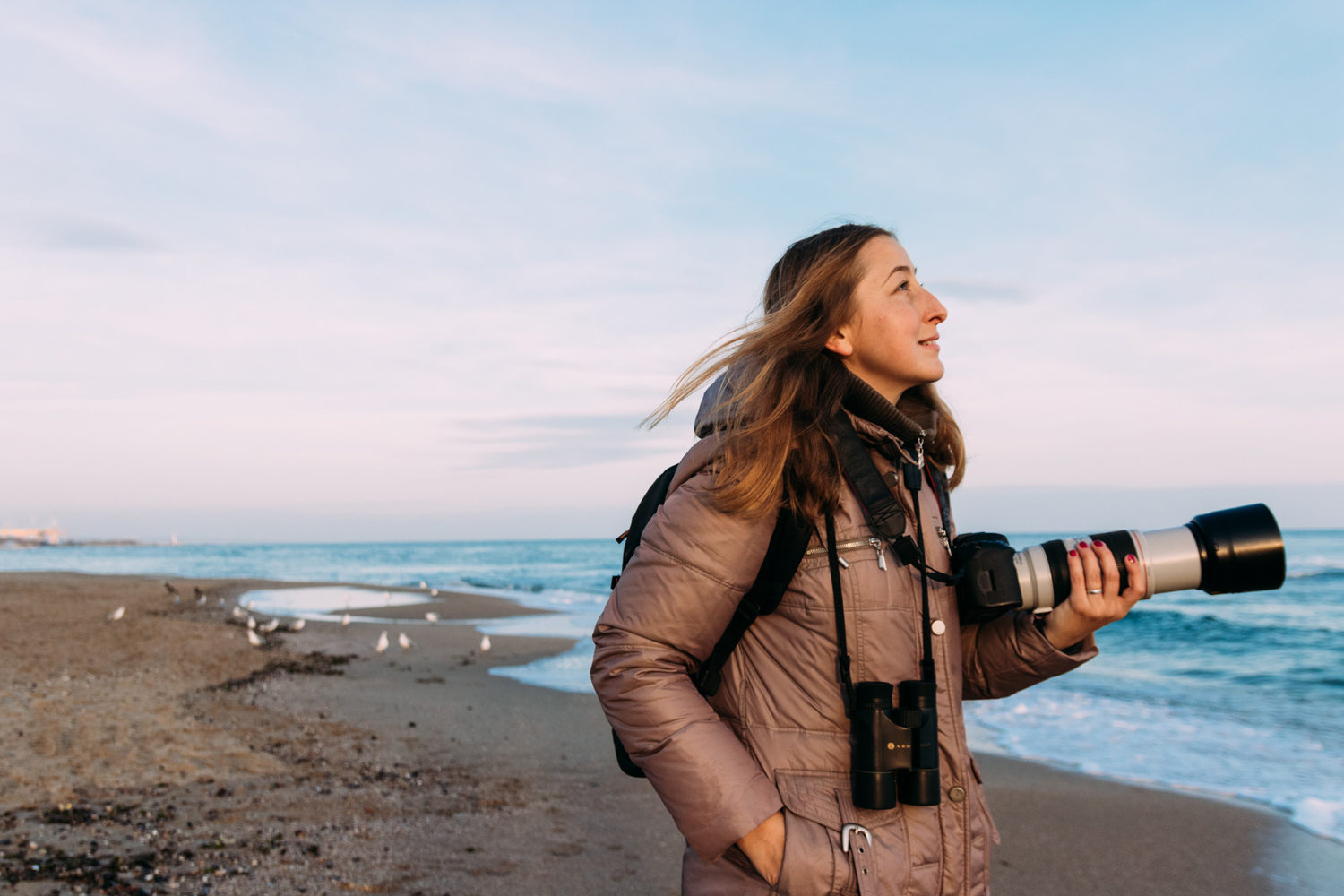
Oksana comes to the sea with binoculars and watches the blue waters for hours. From time to time, she gets distracted by playing with her dog Bronya or chit-chatting with the locals who come to the sea with their children and feed breadcrumbs to the seagulls. At first, they thought she was an odd duck; she’d moved from Kyiv, had no friends in the town and was constantly snooping around the shore, looking into the sea, writing something down. They believed her to be a spy or a loon. But later they found out: Oksana was not watching the ships; she was looking for dolphins.
And now, Oksana is going to Antarctica. For the second time.
The Return. 1993
The Antarctic Peninsula is surrounded by a lace-like archipelago. There are a few houses on the shore. The Ukrainian flag is fluttering on the flag-pole. Behind it, on the signpost among the names of other cities, there is a plate saying “Odesa — 15,010 km.” This unremarkable yard is the Vernadsky Research Base, a Ukrainian Antarctic station. The fact that our country’s flag is fluttering in front of it is an extraordinary gift of fate.
The station was once called Faraday and was one of the oldest stations belonging to the UK. In 1935, the first houses were built by scientists who stayed for the winter and conducted meteorological research. The cabin was soon washed away by the tide, and the observation was renewed in 1947 at the new Station F. In 1954, it was moved to the neighbouring Galindez Island, and, in 1977, the station was named Faraday after the English physicist Michael Faraday.
Faraday was a British station until 1993. By then, an ordinary facility for meteorological observations had become one of the best geophysical observatories. Its equipment allowed study of the atmosphere as well as near-Earth space, magnetic activity and the effect of solar disturbances on electromagnetic waves. Measurements taken at the Faraday Station allowed scientists to learn about the hole in the ozone layer. But most importantly, the station made the longest series of continuous observations in Antarctica.
So, when the question of its transfer arose in 1993, the Brits demanded that the study be continued. The United Kingdom decided to leave the station to a country that had no research stations of its own. At that time, Ukraine had nothing but a desire to go back to Antarctica; in 1992, Russia had declared itself the successor to the USSR on the sixth continent and refused to relinquish any station to Ukraine. Our country had no money to build its own. The only thing that could work was its scientific potential and research credentials, expertise, and participation in the international Antarctic Treaty.
Ukrainian diplomats and scientists won the competition, and Ukraine received the station for a symbolic cost of £1. In 1994, the International Renaissance Foundation provided $12,000 for the “Ukraine Returns to Antarctica” project.
Patriarchy. 1998
Back in the 1997 expedition to Antarctica, there were Ukrainian women on the team, but there were no spots for them the following year. Officially, there was no ban on letting women go to the Vernadsky Base, but, over 20 years, it has become the centre of masculinity.
The polar explorers came up with plenty of excuses. They said women would break their equipment and could not engage in strenuous work. Meanwhile, female diver Maggie has been working at the neighbouring US Palmer Station for the past 40 years!
The Ukrainian polar explorers claimed that they had nothing against women since they were traditionally raising the third glass, toasting them, but the station was no place for women.
Member of Antarctic expeditions Vitalii Smahol complained, “Even a small excitant can cause an explosion, and there she comes! A woman is a significant anxiety factor, and it is difficult for me to predict the behaviour of male team members.”
They also complained that they could not swear in front of women, and they would be unable to go to the bathroom in the middle of the night wearing nothing but their underwear.
The men feared a possible pregnancy most of all. Members of the polar expedition served up an old tale saying that the 1997 expedition had to evacuate a woman in labour from the station. In fact, that never happened.
This pattern would have continued if not for the new Director of the National Antarctic Science Centre, Yevhen Dykyi. The scientist undertook to reform the Centre and, among other things, removed the veto on women’s participation in expeditions.
The polar explorers tried to resist. They predicted chaos at the station. But Yevhen paid no attention to their rants, believing such bans to be absurd. Already in the first year of his management, the Centre allowed female scientists to go to the station for seasonal research.
“The fact that women will be working at the Vernadsky Research Base created a sensation in Ukraine,” says Yevhen. “I cannot boast about this in front of my Western colleagues, because such an ‘achievement’ is embarrassing. It is like bragging about using soap to wash your hands.”
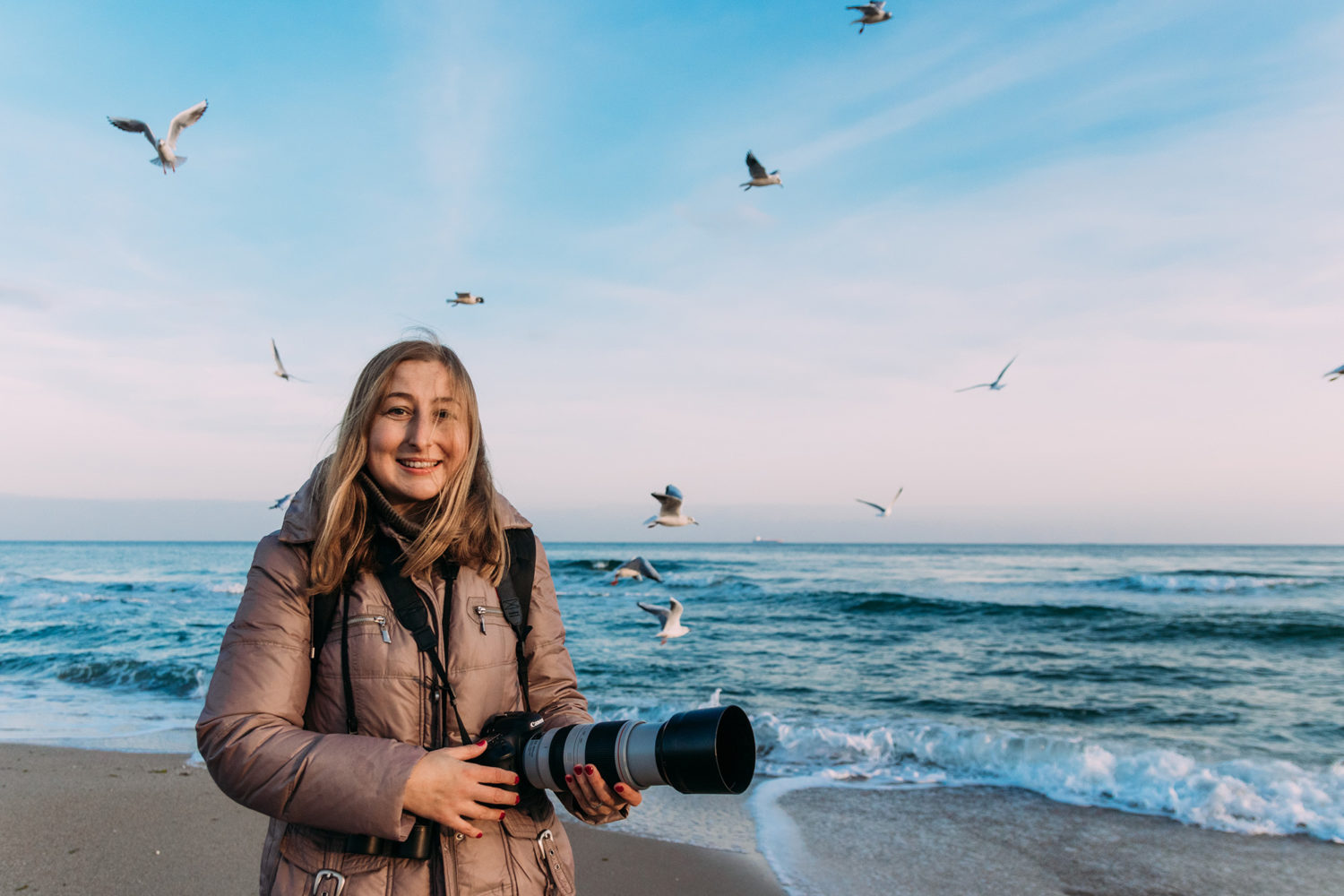
Oksana Savenko, a biologist studying marine mammals, was the first Ukrainian woman in Antarctica in 20 years.
She had to listen to men telling her that the station was no place for women and that no one needed dolphins and whales in Ukraine (and those were the animals she was set on studying). Yet, she did not give up. In 2019, she went to Antarctica for the second time, this time to spend a full winter there.
Oksana’s path to her Antarctic dream took her 20 years.
Always. 2018
Standing on the shore of the Black Sea and getting ready for the 2019 Antarctic expedition, Oksana squints at the cool sea breeze.
“Ever since I was a child, I seemed to know that I would work with dolphins and whales,” she says.
Oksana learned to read when she was four and has not been able to stop since. She used to binge fairy tales and later took up books about Antarctica, since there were plenty of them in her home library.
As she read everything about polar explorers cover to cover, Oksana went to school, then district and then city libraries. Nothing touched her heart as much as the stories of frozen icebreakers and brave explorers struggling against the elements.
At school, she attended a zoological group, the Junior Academy of Sciences, and expeditions to a half-submerged church in the Kaniv Reservoir. Upon graduation, she enrolled at the Taras Shevchenko Kyiv National University, was disappointed by the university of her dreams, and transferred to a different one. Back then, she already knew she wanted to study whales and dolphins.
As a student, she wanted to fulfil her dream—and not just get a diploma. But all she could hear all the time was, “Who cares about dolphins?” Nobody studied marine mammals, so Oksana humbled herself and went to Crimea to observe birds. But there, standing on the shore of Cape Martyan, she saw the bottlenose dolphin, the subspecies native to the Black Sea. Mesmerised by the reflections on their backs, she knew that those were the reflections of her own childhood dream. Oksana returned to Kyiv with a plan to write a thesis on dolphins.
But no one would let her enter a PhD programme since no university was interested in dolphins. She worked as a photographer at weddings, cleaned aquariums and, having saved some money, went to Crimea, despite the objections of her husband.
Her childhood passion originated with the admiration of large animals, which invariably accompanied the adventures of explorers of the distant seas. Only later did Oksana realise how important they were to science. Studying behaviour of dolphins and whales allows scientists to assess the state of the ecosystem, track the impact of global warming on nature and even predict the economic success of the upcoming fishing season. To make the predictions accurate, scientists have to gather data from all over the globe. There has been no official research in Ukraine for a long time, and Oksana was one of the few scholars studying dolphin behaviour in the Black Sea.
At first, it seemed to her that her work was like digging a pit in the sand—so much effort, and the result was barely noticeable. But later, she gained experience and contacts and managed to convince even the non-believers. Oksana took every opportunity to explore whales and dolphins, so she took part in regional projects where she could meet her favourite creatures. In 10 years, her portfolio expanded to include beluga whales, Steller sea lions, seals and seabirds.
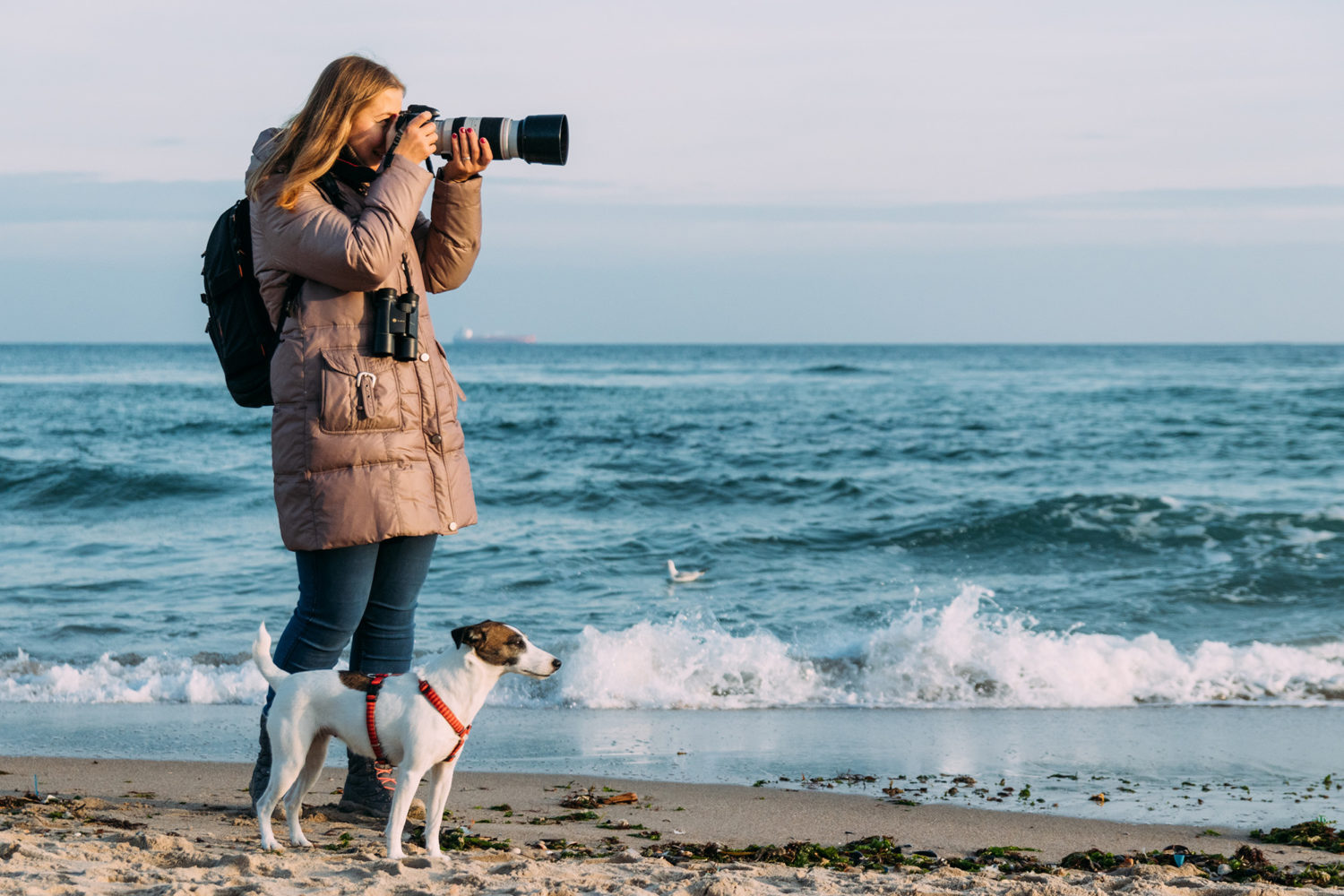
After numerous expeditions, Oksana does not hold on to a particular place. For the last three years, she has been living in Chornomorsk and working at the Ukrainian Scientific Centre for Marine Ecology in Odesa. She finds the city too noisy and crowded, so she goes to Odesa only occasionally for paperwork and sends reports to the National Antarctic Science Centre.
Now, her whole life is contained in a studio apartment in a five-story apartment building. There are few things in the room and kitchen that are relevant to daily routine, but figurines of whales or books about marine mammals are scattered around. This makes Oksana’s apartment somewhat similar to the rooms of old scholars not having the essentials but cluttered with maps and biological models—times change, and passions are still much stronger than earthly worries.
“It is easy to be fond of whales. Growing up, many people dream of long-distance expeditions, and later, those dreams disappear,” Oksana explains her enthusiasm. “But some people have not ‘outgrown’ their dreams of whales with time, and I am one of those.”
The East. 2007
Matthew is a scientist from the United States, whom Oksana met at a conference in Koktebel. He was touched by her stories of lonely observations of dolphins on the Crimean coast, so he introduced her to anyone who might invite her to become part of their projects:
“Meet Oksana; she needs your money,” Matthew jokes, making her feel uncomfortable once again.
This is how the grapevine worked at conferences. Oksana awkwardly took business cards and wrote applications to each received address. All attempts were futile. Years went by, and nothing changed. Oksana wrote patiently to everyone, but most of all, she hoped to study Steller sea lions and whales in the Far East—the Kuril Islands.
Oksana had already given up hope when she received a letter: she was invited to the Far East. Steller sea lions were the main subjects of the study, but she knew she had a chance to see the whales there.
While expedition preparations continued in Petropavlovsk-Kamchatsky, the scientist asked to hitch a ride on another ship to reach the Kuril Islands. Her fellow travellers did not believe she was an expert and could spot whales. Oksana disregarded the comments and replied with restraint that she had a pair of binoculars and a special analyser which she uses to recognise marine mammals.
Before that trip, she had only been to the Black Sea. The Typhoon was the first ship on which Oksana had to suffer through a bout of seasickness; from then on, she would be sick on every deck. It’s always the same. You lie in a cabin and think you are going to die, and then you pull yourself together and almost crawl onto the deck to see at least one fin.
On that day, Oksana was standing alone on the deck and stared at the sea. Suddenly, a humpback whale appeared right in front of the ship! Oksana, who had seen them only in photos and pictures, could not be mistaken; known for their long serenades in warm waters, humpback whales in the Far Eastern seas make puff-puff sounds like steam trains. The whale turned on its side, waved its tail and white fins “good-bye,” and vanished. Oksana was petrified with quiet joy. She had so much of it to share, and there was no one to share it with.
And that was just the beginning. In a few years, Oksana’s next expedition also headed to the Far East, where the northern grey whales lie on their sides on the shelf to savour some benthos (bottom organisms), and oil companies extract liquid black gold. In the world of big problems and big players, small and lonely Oksana felt important. And happy.
The Sakhalin summer was perfect for standing under the slightly cold sea breeze on the observation deck of the lighthouse. The explorers were looking for whales and their fountains, seals were lying and birds nesting on the shore, and behind them lay the tundra with its white-tailed eagles and deer and no humans except for fishermen.
When the whales set off into the warm waters of Mexico, seals scattered across the islands, and storms thickened at sea, the research team left Sakhalin. But Oksana was not upset.
“The most interesting is here and now,” she would say later. “The sea, the waves, the birds are magic. Each expedition had certain moments that made me who I am.”
Half a year later, Oksana entered a PhD programme and was allowed to study whales and dolphins. One of her childhood dreams came true. Now, it was the time for the next one—Antarctica.
Home. 2018
“I’m finally home,” Oksana thought, peering through the fog at the fuzzy shoreline.
Back in school, she heard for the first time about the Vernadsky Research Base from a geography teacher. It was given to Ukraine at that time, and Oksana, who had already read stories about Soviet and American travellers, said without a shadow of a doubt, “One day, I will go whale watching there.”
“Sometimes, our wishes are not enough,” replied the teacher, Ms. Svetlana, with bitterness.
She had no doubt that the schoolgirl’s dreams would never come true. Her husband Serhii dreamed of the station himself. An employee at the Institute of Geology, he was one of the first to find out about the opportunity to obtain then Britain’s Faraday Station. He was pounding the pavement to convince the authorities of the station’s value to Ukraine, yet he was not chosen as a member of the expedition; eminent professors and academicians went there, and Serhii stayed at home to sort through the paperwork.
Despite her teacher’s doubts, 20 years later, Oksana was on a plane travelling from Kyiv to Rome. Then, she had to reach Santiago de Chile, followed by a flight to Punta Arenas, one of the two cities from where ships sail for Antarctica.
At night, Oksana was standing on the deck of a boat that was supposed to take her to the station. Snow was falling from the sky, the night black as ink, and only the icebreaker’s floodlights were running on the surface of the surrounding icebergs like tentacles. She could not believe that she was so close to the sacred south shore.
They arrived at the Ukrainian station by morning. It was foggy, heavy snow was falling, and there was a blur of grey, blue and white around her. Eyes squinted, Oksana listened to the buzzing of the boat’s engine and stared at the shoreline.
“Well, hello there,” the polar explorers said in chilly tones. They took her backpack in silence and carried it to the station.
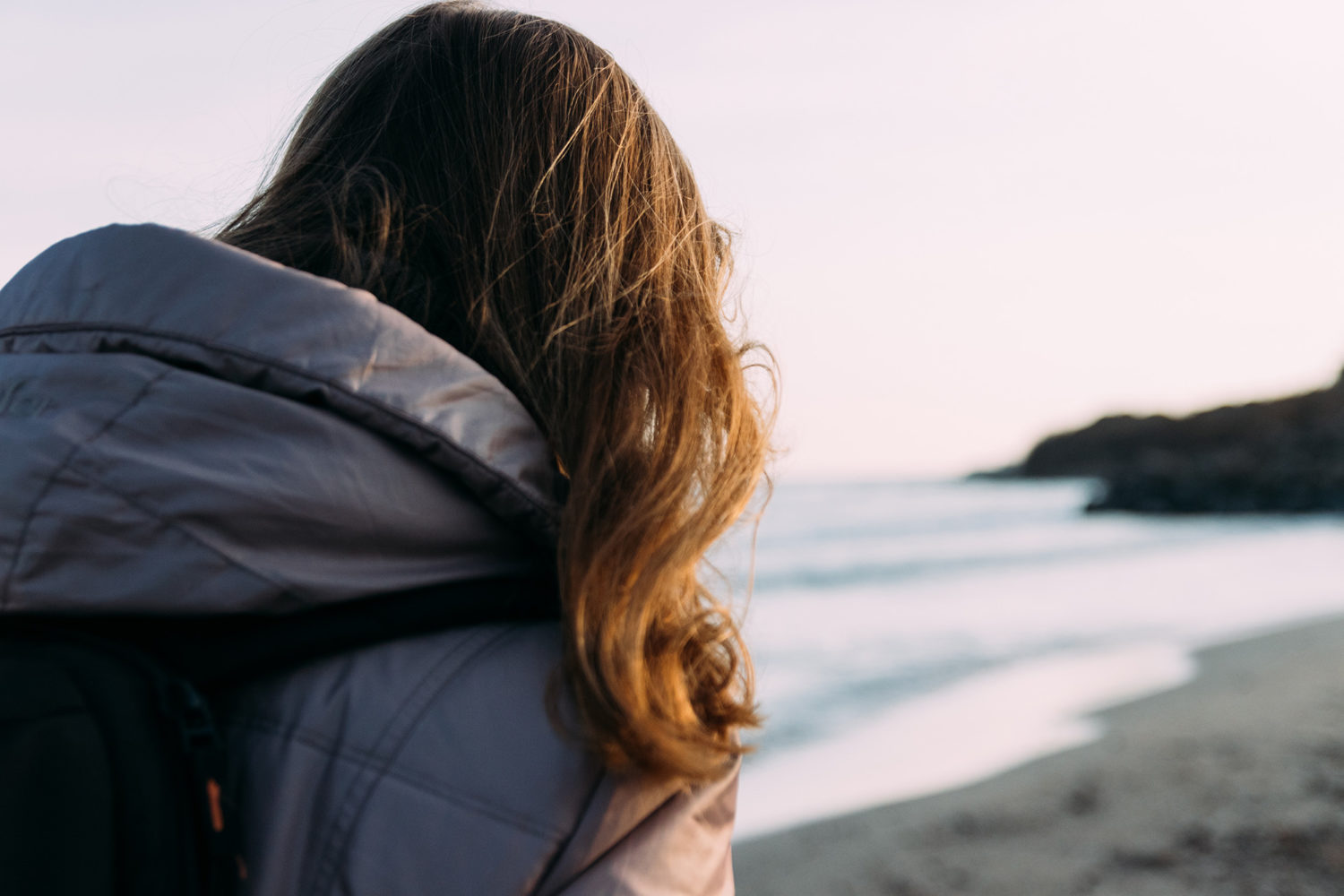
An Omen. 2018
Oksana’s room was a former watchbox used by a night guard. The roof was sloping, as if in an attic, like shacks and tree-houses from childhood. One bed, one table, one shelf with some books left by the British—the Spartan conditions seemed perfect for calm and reserved Oksana. This watchbox became her home for two weeks.
There were 36 people at the station—12 from the previous winter mission, 12 from the new winter mission and 12 seasonal explorers, including Oksana. She was the only woman there.
It was summertime. The temperature on the Antarctic Peninsula was barely below 2 degrees Celsius. The station had a kitchen, a sitting room and a British bar popular among tourists. But Oksana did not spend much time inside. Every opportunity she had, she collected samples, watched the whales, learned to work with new equipment and took pictures. Still, she felt rejected, felt that her colleagues did not consider her to be a serious scientist.
One day, Oksana went to observe elephant seals with other explorers. The road ran along the Le Maire Strait surrounded by the mountains. Snow caps and ice hung over the water, and whale fountains could be seen in places. Oksana looked at the animals and suddenly saw a smooth black tail and a head covered with barnacles—humpback whales do not look like that. She looked closely and saw that it was a southern right whale!
She was so excited; it was a rare occasion to come across one. Oksana started taking pictures from all possible angles, and, when she took a breath, she realised that her colleagues were just looking languidly around.
“Guys, look, that is a southern right whale!”
They were so surprised that they forgot about lunch. They returned to the station hungry, late, but happy with their discovery. After that, Oksana thought to herself that it was the place where she belonged. She felt she had found her place.
And finally, she was allowed into the ranks of Ukrainian polar explorers when the team of the 22nd shift, which had spent the winter at the station, passed the baton to the 23rd one. Geologist Vitalii Petrovych, who was friends with the family of geologists Serhii and Svitlana, pinned the official badge of the “Participant of the Ukrainian Antarctic Expedition” to Oksana’s jacket—the first woman to get one in 22 years.
On the way home, Vitalii died on the plane. Oksana treasures the badge and regrets that Uncle Serhii was not there to see it. A dream that had seemed unattainable had come true. The story had come full circle like the cold current.
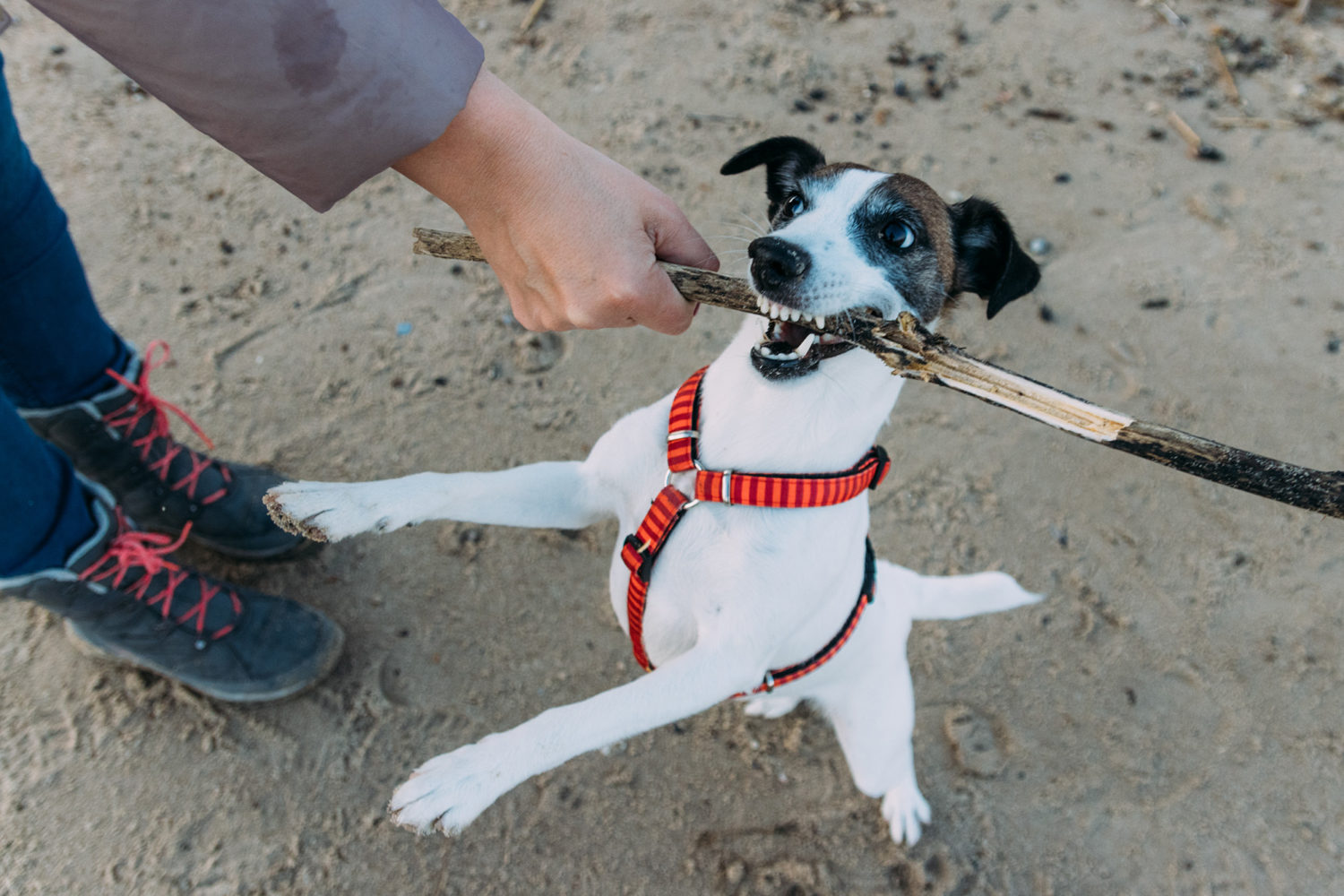
Joyous. 2018-2019
Oksana moved to Chornomorsk after her seasonal research mission in Antarctica. She spends her days waiting; she still does not know if she will make it on the team for her second expedition and first full-scale wintering. She goes to the beach by her house, walks with Bronya, counts dolphins and plans a programme for a possible winter mission.
Shells crack under her feet. Several ships are on the horizon, seagulls are lazily dancing on the waves and Bronya is running along the shore, darting at larger dogs. Oksana looks in her binoculars, but there are no dolphins today; it is already too cold for them. Still, the explorer does not leave her post. She is happy to be by the sea. She is calm and full of joy.
She does not look forward to making any friends in Chornomorsk. She is comfortable in the apartment with her dog, her books about whales and data to be processed. Most of her life was left behind in Kyiv, but wherever she goes, she always has her favourite plush toy, a whale named Peter. Oksana hopes that, within a few months, Peter will accompany her to the Vernadsky Research Base.
***
Oksana Savenko did make it to the 24th Antarctic expedition. It is not over yet, so Oksana is still at the Vernadsky Base. Meanwhile, they have already announced recruiting a new group of explorers for the winter of 2020-2021.
[This publication was created with support of the Royal Norwegian Embassy in Ukraine. The views and opinions expressed in this publication are those of the authors and do not necessarily reflect the official position of the Norwegian government.]
Have read to the end! What's next?
Next is a small request.
Building media in Ukraine is not an easy task. It requires special experience, knowledge and special resources. Literary reportage is also one of the most expensive genres of journalism. That's why we need your support.
We have no investors or "friendly politicians" - we’ve always been independent. The only dependence we would like to have is dependence on educated and caring readers. We invite you to support us on Patreon, so we could create more valuable things with your help.
Reports130
More